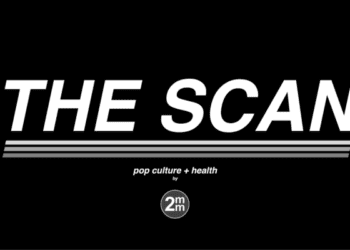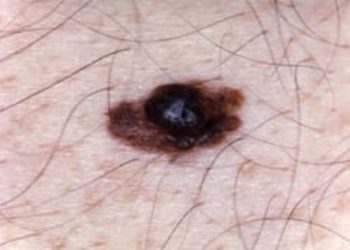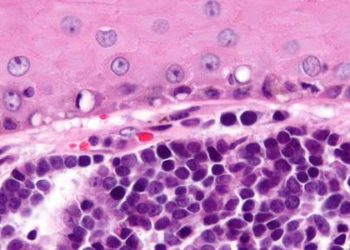Early-onset basal cell carcinoma linked to indoor tanning
1. Compared with disease-free controls, a higher proportion of participants with early-onset basal cell carcinoma (BCC) used tanning lamps early in life.
2. Participants exposed to indoor tanning at younger ages had progressively higher odds of developing early-onset BCC.
Evidence Rating Level: 2 (Good)
Study Rundown: Exposure to UV radiation is the most contributory activity to increasing the risk of basal cell carcinoma (BCC). Indoor tanning exposes the user to UV radiation with proven carcinogenic properties and increases the risk of BCC. This study sought to uncover the effects of indoor tanning by comparing those with diagnosed BCC to matched disease-free controls. Subjects with BCC were more likely to sunburn upon exposure to the summer sun, though the cumulative hours spent in the sun did not differ between the BCC and control groups. Compared to controls, a significantly higher proportion of subjects with early-onset BCC used tanning lamps. Participants with earlier age of first indoor tanning exposure had progressively increased risk of developing early-onset BCC, suggesting an inverse relationship between risk of developing early-onset BCC and age at first exposure to indoor tanning. These findings underscore the importance of counseling pediatric patients on the dangers of indoor tanning and may help inform policy on the use of indoor tanning. Though the first to illustrate the inverse relationship between early-onset BCC and age at indoor tanning exposure, this study is limited by the restricted sample area and reliance on patients’ recall of risk factors in childhood.
Click to read the study, published today in Pediatrics
Relevant Reading: Incidence of basal cell and squamous cell carcinomas in a population younger than 40 years
In-Depth [case-control]: This study compared the exposure history of 622 subjects with BCC to 457 matched controls residing in the state of New Hampshire. Each subject was interviewed in their home and asked about skin cancer risk factors, including their use of indoor tanning. Those who had used indoor tanning devices were asked about age at first use. Both case and control groups were assessed for confounding factors, such as education level, skin reaction to first exposure to sunlight, number of painful sunburns, and lifetime hours of sun exposure. A significantly higher proportion of participants with early-onset BCC reported indoor tanning, compared with controls (OR = 1.6, 95% CI: 1.3-2.1). The OR remained constant by age for first use after 23 years old, however, in subjects younger than 23 years, OR increased with each year younger at first exposure (OR for each year of age younger = 1.1, 95% CI: 1.0-1.2). Among subjects whose first exposure to indoor tanning was at 20 years old or younger, an elevated OR of early-onset BCC was associated with a shorter time period between first exposure and diagnosis (OR = 2.5, 95% CI: 1.1-5.7).
More from this author: Caffeine affects teen boys, girls differently, Rotavirus vaccination associated with decreased rates of health care utilization, Childhood sexual abuse associated with later suicide attempts, Adolescents’ muscle strength associated with lower cardiometabolic risk, Observation of mobile device use among caregivers at mealtime
Image: PD
©2012-2014 2minutemedicine.com. All rights reserved. No works may be reproduced without expressed written consent from 2minutemedicine.com. Disclaimer: We present factual information directly from peer reviewed medical journals. No post should be construed as medical advice and is not intended as such by the authors, editors, staff or by 2minutemedicine.com. PLEASE SEE A HEALTHCARE PROVIDER IN YOUR AREA IF YOU SEEK MEDICAL ADVICE OF ANY SORT.







